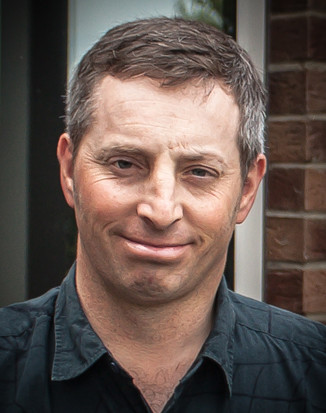Battle of Waterloo 200 Years Anniversary - June 1815 - June 2015
Family history research, gets quite involved when you can dig up stories this far back.
It's even more involved when multiple family members are involved with the same story, albeit a few years apart.
The Battle of Waterloo - June 1815 (and its many years of lead up to), fits in with a lot of my Maternal line Persse-Newenham family members. (4th Great Uncle's and a 5th Great Uncle)
This post is aimed in honour with the Battle of Waterloo and is mostly aimed at Robert Burton Newenham and his 2 elder Brothers. Now 200 years later, I wrote a short story on Robert and it is on display on the below link depicting Robert's Waterloo duty.
Robert was noted in the Roll Call's of the 3 days of Battle and is honoured on the "Waterloo 200" Webpage.
Ensign Robert Burton Newenham
But just like his direct family, steeped into British/Irish Military history, he also encroached on to Military life. His 2 elder brothers- Edward and William, served in the Napoleonic era and his 2 Grandfathers (Sir Edward Newenham and Col. William Persse) also served for a much earlier Irish “cause” (Volunteer Militia)
On the 27th January 1814 and against his Father’s wishes, he was conveniently placed into the 14th Regiment of Foot, as an Ensign.
George Keppell (6th Earl of Albemarle), also rubbed shoulders with Robert, as George was also an Ensign in his Battalion.
This 3rd Battalion was suffering from a reduction of men from the unit and it was noted for Disbandment when Waterloo came calling.
Robert was of the No. 1 (Grenadier) Company, under Captain Harcourt Morton and of the Colour Party. The Duke of Wellington allowed this crew of men from the 3rd Battalion, to become part of the“Grand Battle". This was due to Wellington’s words, “they are a pretty little Battalion”. “Pretty” was due to having so much youth in the unit.
Robert survived the battle and went on to serve his final Naval duties, travelling in and around India/East Indies until 1823, where he apparently resigned from the service.
It is unknown what happened to him after this date but it is assumed by family notes, that he died on 11th July 1823 in Meerut, India, due to war injuries. He is noted in the Waterloo Roll Call of the 14th Foot.
Robert Burton Newenham was my 4 x Great Grand Uncle.
It is about the Uncle (of Robert) that served in the Battle of Toulon, guarding a Fort whilst under attack from Napoleon himself, or his Republican Militia. He was injured in the attack and died from wounds.
I strongly believe this Uncle, heavily influenced these 3 Brothers to perform war duties - I suppose in honour of him.
Robert was also noted in the "Napoleon Series" website, which depicts Robert and another Ensign Fraser, on the day of battle - June 18th, being "taught" in I suppose an amusing way on what the "Colours" meant.
Story here - Scroll down to about 1/3 of the page : Waterloo June 18th - Colours
Newspaper clipping, showing Robert being credited. As an added jewel, we have what looks like a cousin of a sort, to Robert - W(illiam?) Persse. Unsure as of yet who this is and what level of cousin he is to Robert.
 |
20 Nov 1844 - Sydney Morning Herald |
 |
Robert Burton Newenham - 18th April 1829 - The Advertiser Adelaide |
3 x Newenham Brother's went to war and 3 survived the war but only just. The 4th and youngest Brother - Henry Hood Newenham (my 4th GGF) was not old enough to join and probably explains why his life was much different to his Brothers. The 3 Brothers seemed to have gone against their Father's wishes, as their Father didn't want them to go to war. In family notes from Edward Worth (their Father), he explained over many letters that he wanted "Government Employment" for his sons.
But it seems that the Family History, that's steeped in Military blood, took over the Father's wishes and the son's got their way.
Unfortunately, there are no photos or portraits that I know of, depicting Edward or Robert, but I do have William and Henry's, which I'll display below.
This family was also personally known to Lord Hood of the British Navy, as per previous story on Lt Charles Burton Newenham's Navy involvement at the Battle of Toulon-1793.
To read about what these 3 Brothers went through, is harrowing. The duty and honour put them to the test in the face of War and what happened after the War.
These 3 Children of Edward Worth Newenham and Elizabeth Persse, that went to War, are :
- Edward Worth Newenham - 1787-1867
- William Persse Newenham - 1790-1866
- Robert Burton Newenham - 1793-1823?
Edward was born in one of Ireland's most famous houses, that is of the Roxborough Persse Family of Co. Galway. He served in the 9th Regiment of Foot and was caught up in a shipwreck in late 1805 whilst trying to land in France. He was ultimately captured and then placed in the town of Verdun as a POW in early 1806. A sort of encampment for POW's, it had sort of a soft rule "You can stay in Verdun unharmed, as long as you don't try to escape".
Edward stayed "voluntarily" in Verdun until his death. Within 2 years of being a POW, he acquainted himself with a Young Girl, whom he married. Within a few months a baby boy was born. When Edward died, he was buried in Verdun's Farbourg Pave' Cemetery in 1867.
William, was born in Dublin, the below newspaper clipping tells the story and I will try not to take away from it's storyline. William is believed to have died in England.
Robert, was born in Co. Galway (Hampstead House - Believe to be a Persse estate?) - please refer to the above "post" link for his story.
 |
| Newspaper Clipping |
 |
| Robert Burton Newenham's Roll Call Waterloo Roll Call - Charles Dalton's 2nd Ed - 1904 * CLICK ON IMAGE, FOR A LARGER VIEW * |



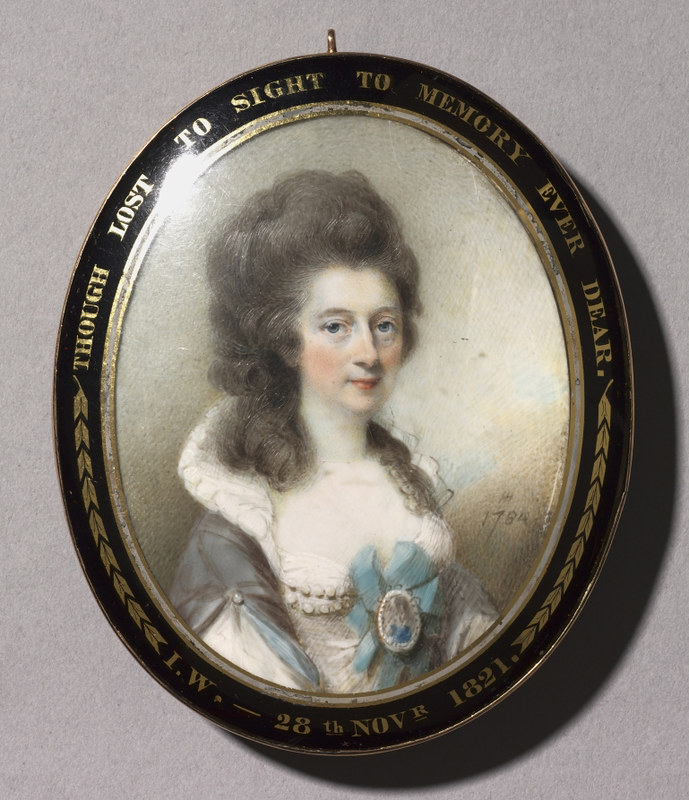

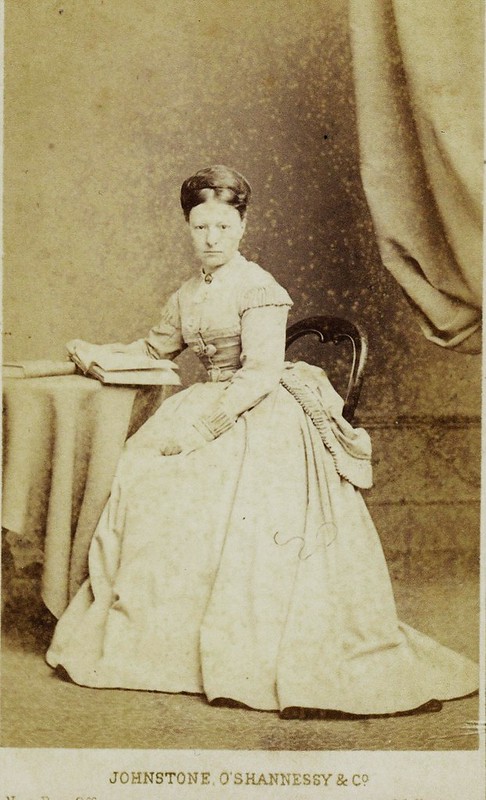

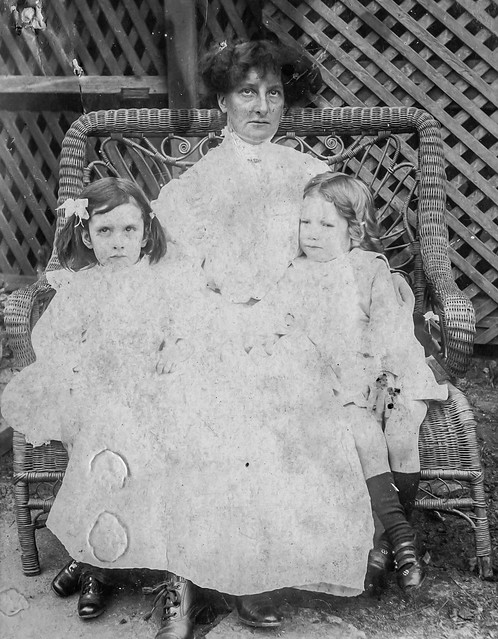
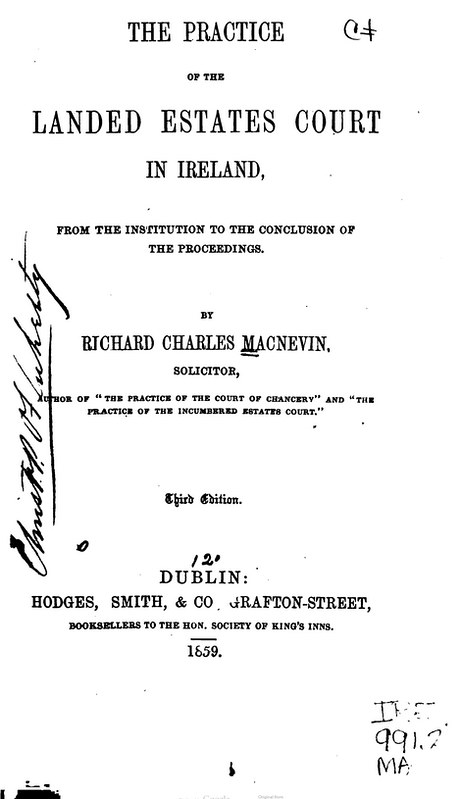















.jpg)



















